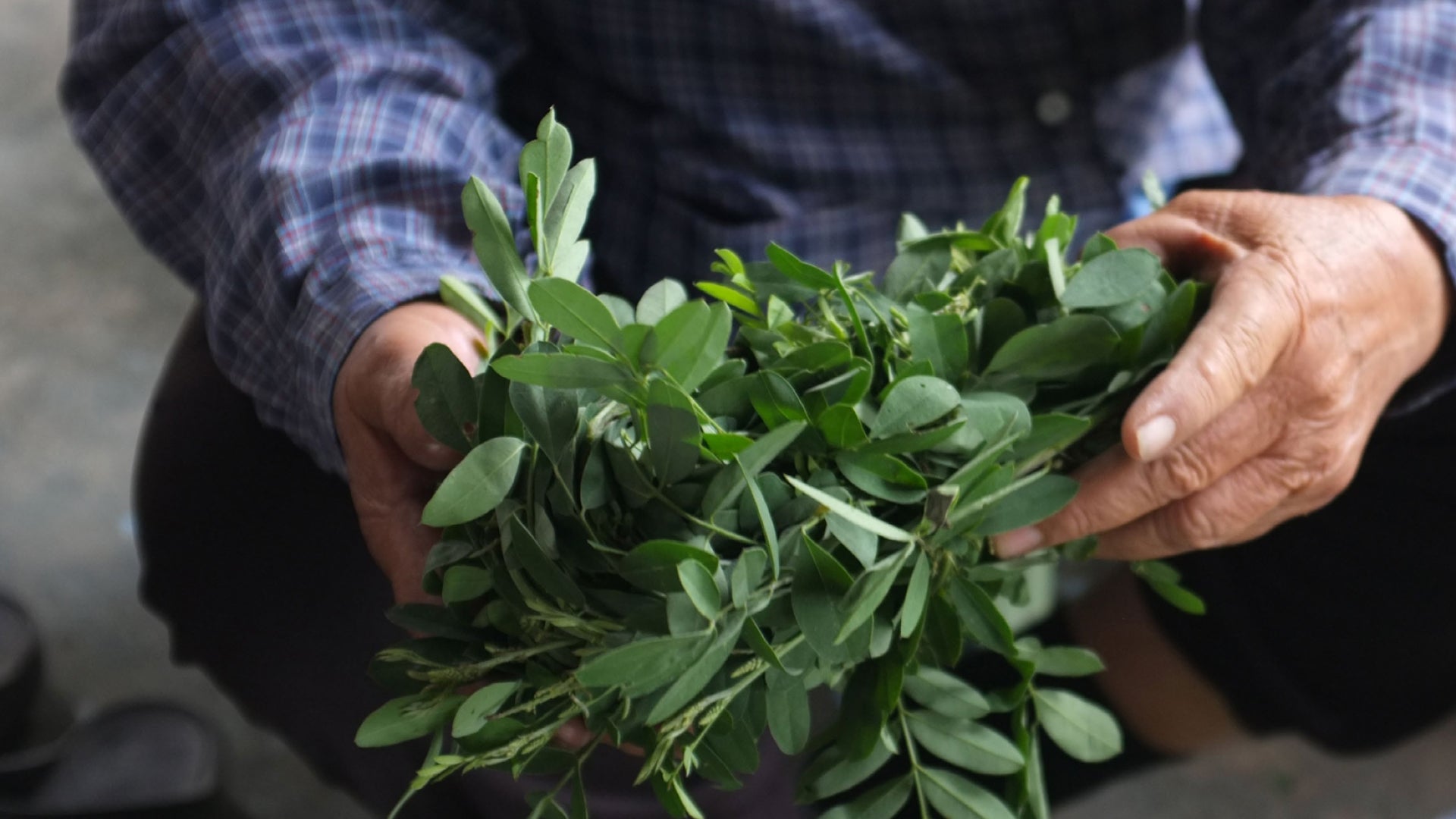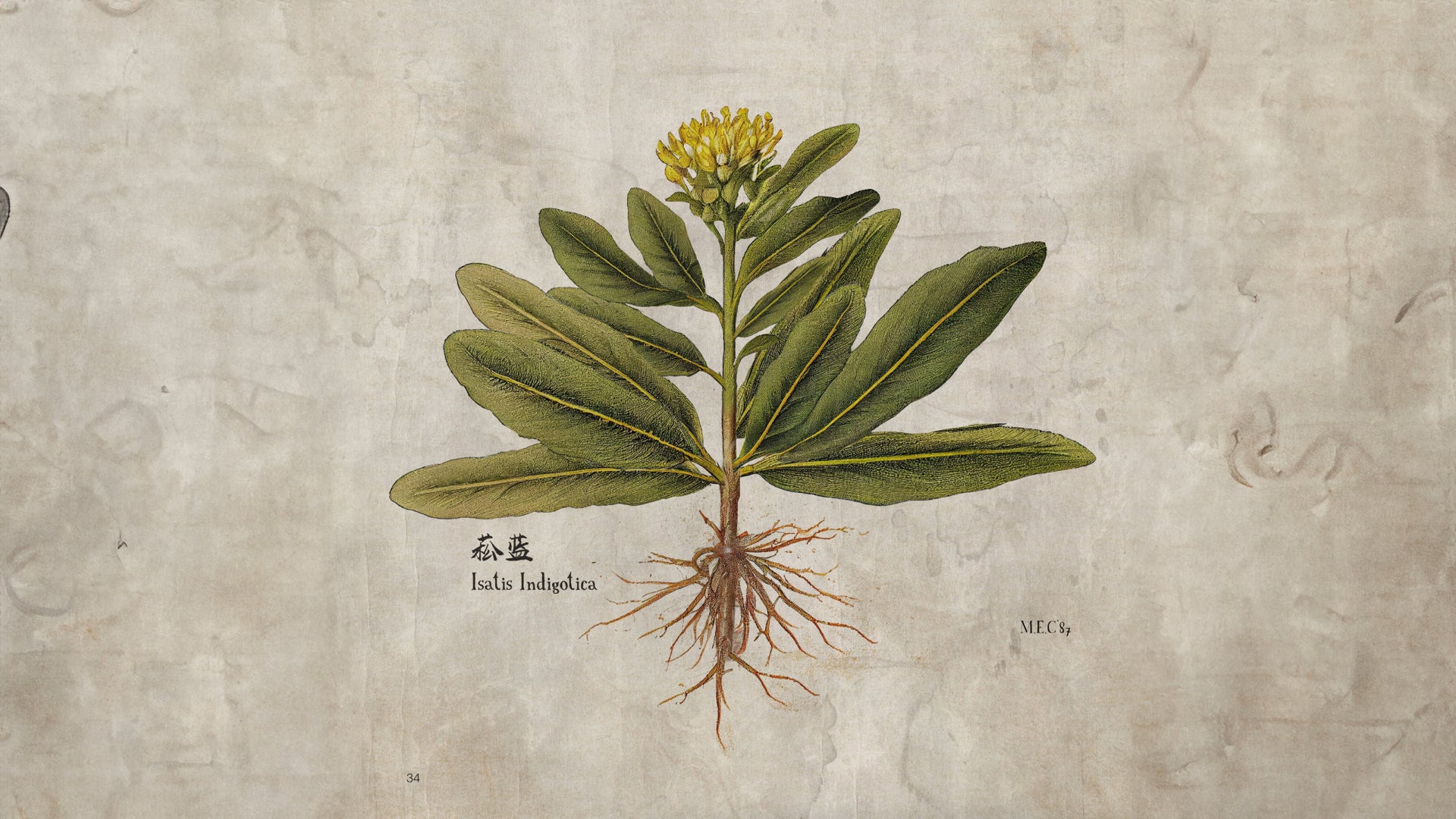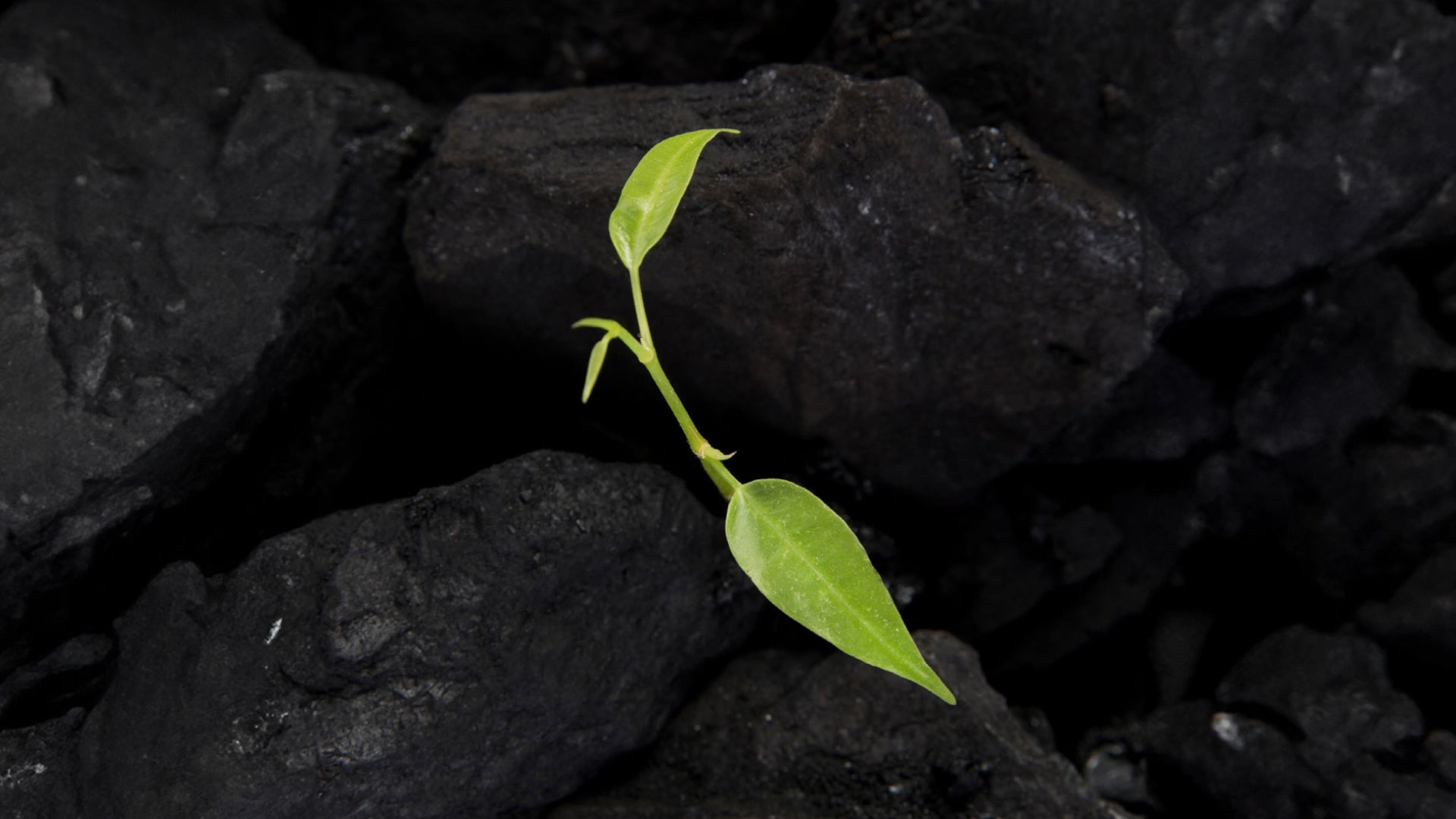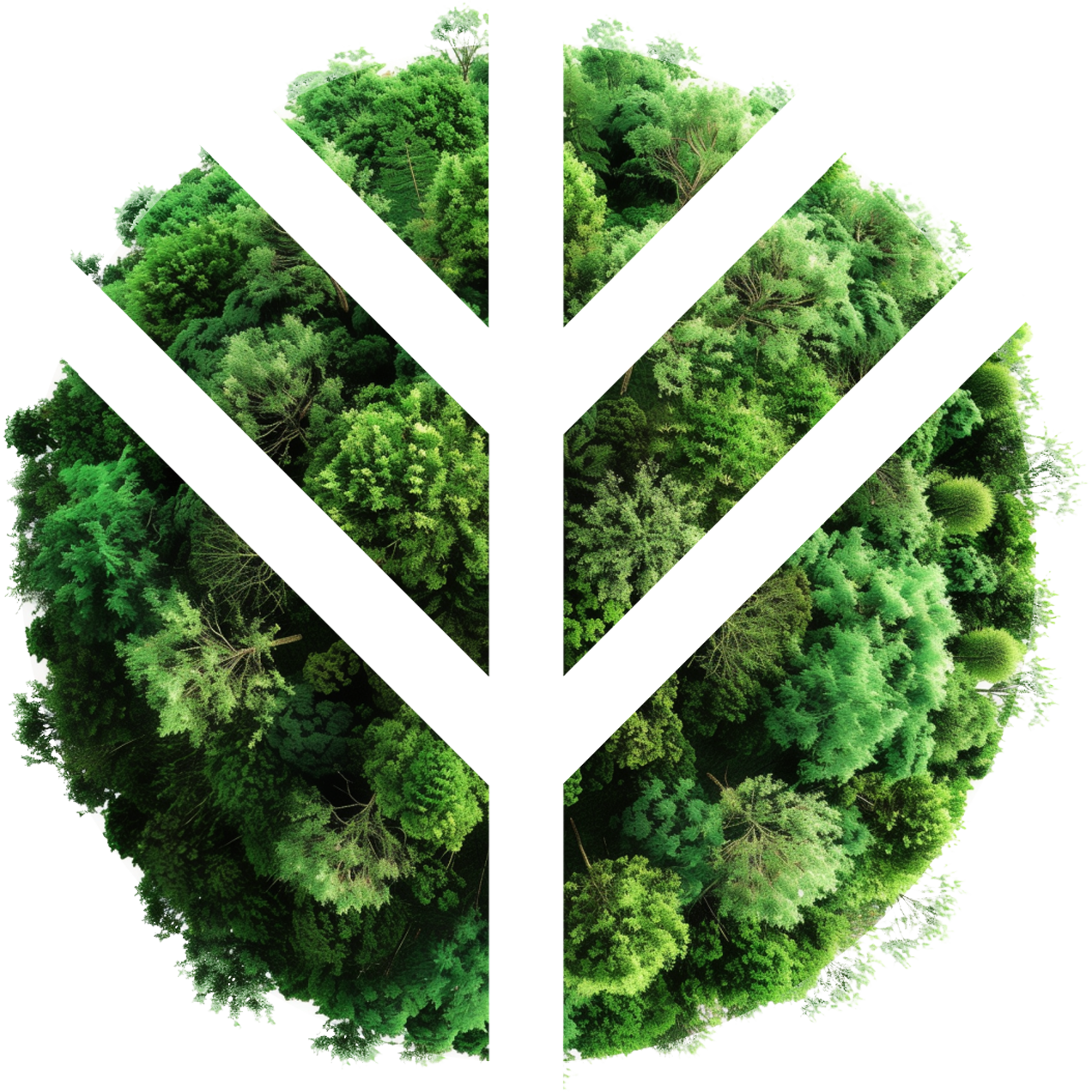
We have proven that simple ingredients can create beautiful, high-quality textiles that are not only good for the earth but also good for the people who wear them. By limiting our materials to synt...

According to the Rodale Institute, “worldwide, [conventional] cotton covers 2.5% of the cultivated land and cotton growers use 16% of the world’s pesticides. Eight of the top 10 pesticides most com...

09 - Making the Invisible, Visible
Our promise to our consumers and employees is simplicity, transparency, and quality they can trust: no hidden ingredients, no greenwashing. Only high quality, healthy bedding enriched by the wisdom...

SYNTHETIC DYES Synthetic dyes are dyes that are made from synthetic chemicals and are not derived from natural materials. Known as polymers, these synthetic chemicals are derived from petrochemical...

11 - Plants that Create AIZOME
For reference, to dye one square meter of AIZOME textile requires: Indigo 13g/m Madder 38g/m Nutgalls 99g/m INDIGO Indigo has been used for centuries to color fabrics, and it has a long hi...

WATER FOOTPRINT According to estimates, the textile and clothing industry consumed 79 billion cubic meters of water worldwide in 2015. By 2030, consumption is expected to increase by 50%¹. That s...

